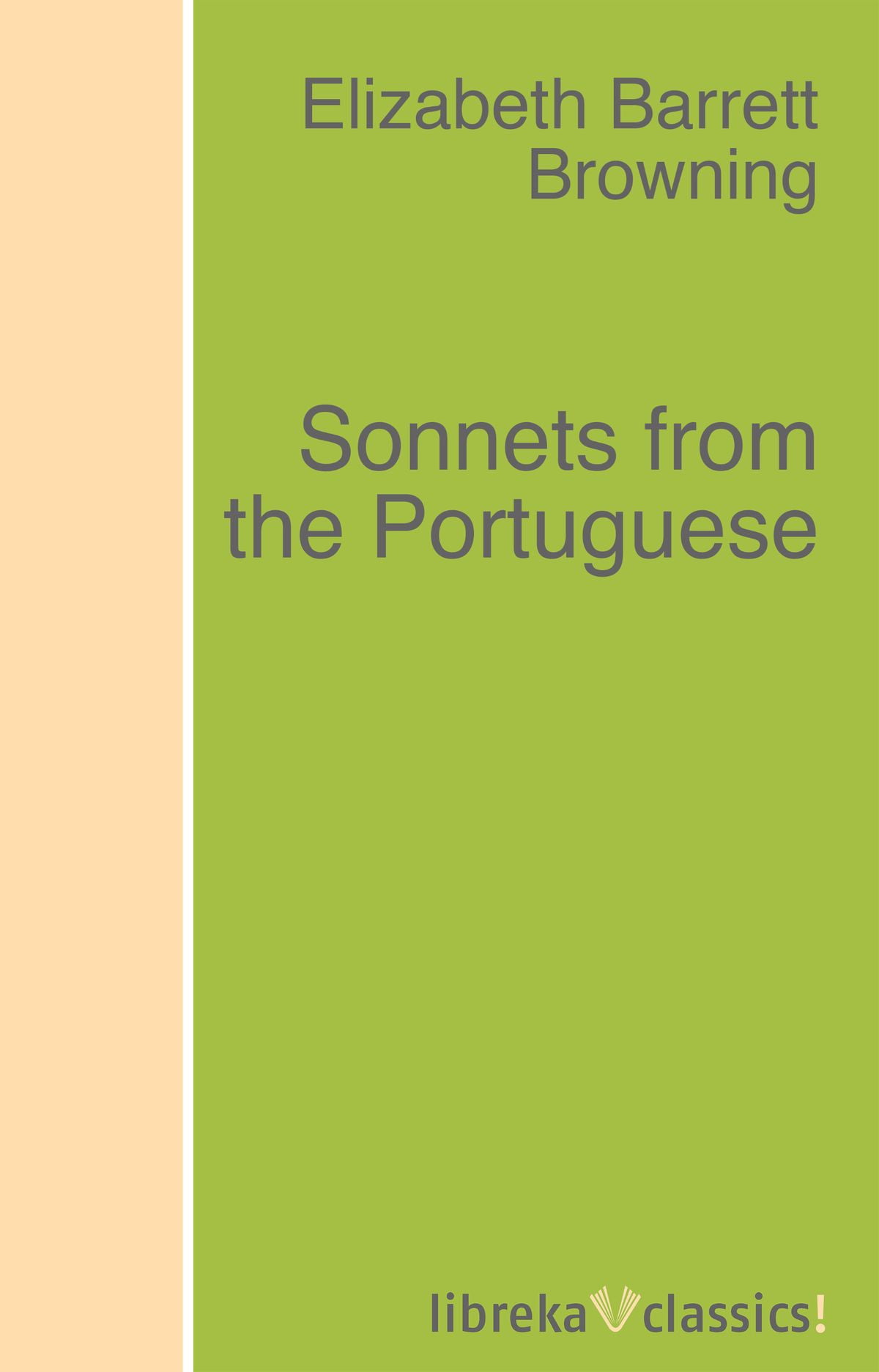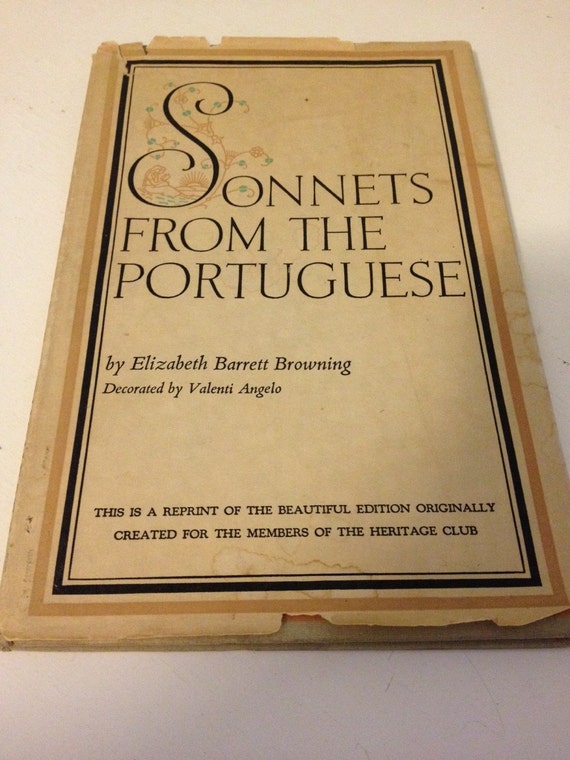
He has asked the question, and she is repeating it: "How do I love thee?" It's a clever ploy, setting in train the answers that will form the poem. More likely, she wants us to feel the presence of the other person, the addressee. It could be that this is simply the poet's private conversation with herself. We open in medias res – in the middle of a conversation, in fact.

Tightly structured, but simple enough to be memorable (few sonnets by any poet are so quickly memorised, the first few lines, at least), gradually spreading itself across space and time, Sonnet 43 nevertheless has a brilliantly unassuming beginning. "I love thee" the poem repeats, and the mood of that quiet, confident statement is reflected technically. This poem also touches on the early sorrows, but only to pass lightly over them. Not surprisingly, Elizabeth's joy in her late-found happiness is mixed with reminders of early hardships, and the notional rejection the form seems to demand produces some heavily mournful Victorian postures in many of the sonnets. It is less tortuously self-analytical than many others in the sequence.

Victorian reproofs and anecdotes like these followed Barrett Browning’s work into the formalist twentieth century.The anthologists aren't always right in their tendency to single out certain poems at the expense of others by the same author, but the endless popularity of Sonnet 43 is understandable. Even her poet-friend and correspondent, Mary Russell Mitford, wondered if isolation at Wimpole Street had led to an overly narrow experience with proper pronunciation of English (reported in Horne 458 see also Hayter 38–39). 1 George Saintsbury - taking the lead from the controversy over the “cockney school” of poetry - reproved Barrett Browning, born to the educated classes, for relying out of laziness on vulgar pronunciation to force rhymes instead of taking the time to discover correct ones (280–81). Some attributed them to a defective ear for music (“Review of Poems” 278 517). Victorian reviewers, somewhat disoriented, offered a variety of explanations for these apparent technical lapses.

For example, in the most famous sonnet - XLIII, “How do I love thee?” - Barrett Browning rhymed the noun phrase “put to use” (9) with the infinitive “to lose” (11) and rhymed “faith” (10) with “breath” (12).

Then in the Sonnets Barrett Browning continued her use of odd rhymes, which had been raising critical eyebrows since earlier poems. Enjambment usually destroys the integrity of octave and sestet. In structure and rhyme scheme the poems in the sequence recall the Petrarchan tradition, suggesting the idealized love that accompanies it, yet their varied syntax and diction seem more conversational than ideal. A LTHOUGH VICTORIAN REVIEWERS uniformly praised Elizabeth Barrett Browning for the “sincere” poetic voice of Sonnets from the Portuguese, they often blamed her for faulty craft.


 0 kommentar(er)
0 kommentar(er)
